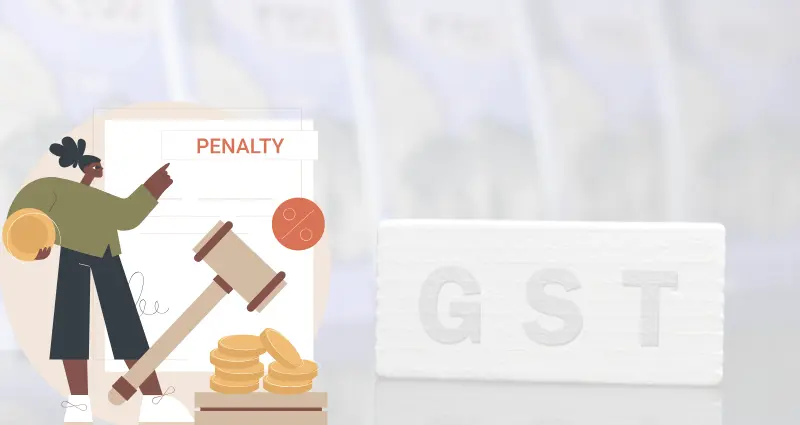Dear Team,
I’m interested in a demo of TaxInvoicePro to explore how it can streamline my business operations. Please share the details and schedule.
Looking forward to your response.
Thank you.

Receiving income tax notices in India can feel overwhelming, especially for salaried employees and small business owners. However, not all notices mean you're in trouble. Often, they are simply requests for clarification, corrections, or documentation. Understanding what these notices mean and how to respond appropriately is crucial to staying compliant and avoiding unnecessary penalties.
In this blog, we’ll decode different types of income tax notices, provide an income tax notice explanation for India, and share tips on handling responses and payments efficiently.
What Are Income Tax Notices in India?
Income tax notices in India are formal communications sent by the Income Tax Department to taxpayers. These notices can be issued for various reasons—mismatches in filed returns, missing documentation, incorrect disclosures, or even routine assessments.
Some common types include:
For a salaried employee, income tax notice often arises due to discrepancies between Form 16 and the ITR filed, or missing income from interest or other sources.
Income Tax Notice Explanation in India
An income tax notice explanation in India usually includes:
Notices can be viewed online on the Income Tax e-Filing portal. It’s essential to read the notice carefully, understand the section under which it's issued, and respond within the deadline.
Ignoring a notice or delaying your response can lead to income tax notice penalties in India, including interest, fines, or even legal action in severe cases.
Handling Income Tax Payments in India
If your notice requires you to pay additional tax, here’s how you can manage it smoothly:
Proper documentation ensures that your case is closed smoothly and avoids follow-up notices or audits.
Income Tax Notice Penalties in India
Failure to respond or comply with notices can lead to several income tax notice penalties in India, such as:
These can be avoided by promptly responding to notices and settling any dues using the income tax online payment India system.
Conclusion
Receiving income tax notices in India isn’t always a cause for alarm. Most notices are manageable with timely and accurate responses. Whether you're a salaried employee or business owner, understanding the income tax notice explanation in India and knowing how to manage responses, documents, and handling income tax payments in India can help you stay on top of your tax obligations. Use online portals for quicker processing and always maintain proper records to respond confidently. With the right approach, even tax notices become simple to handle.